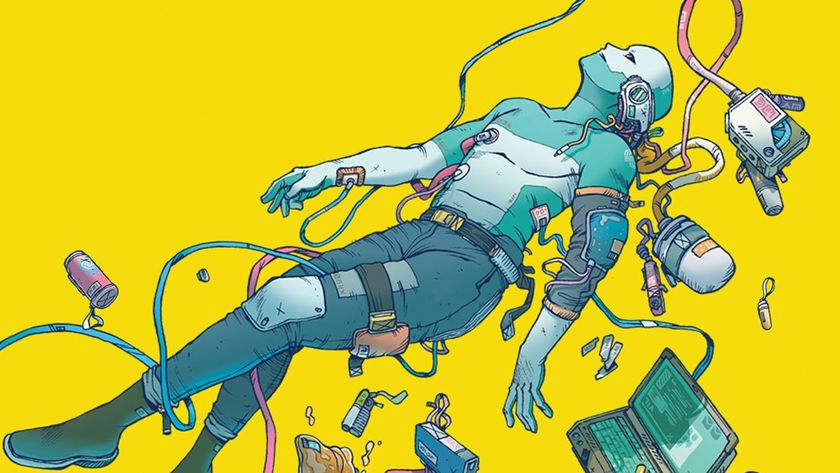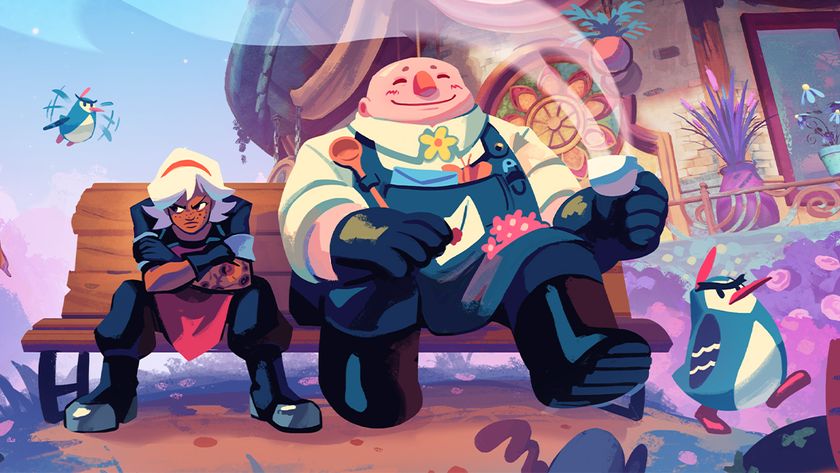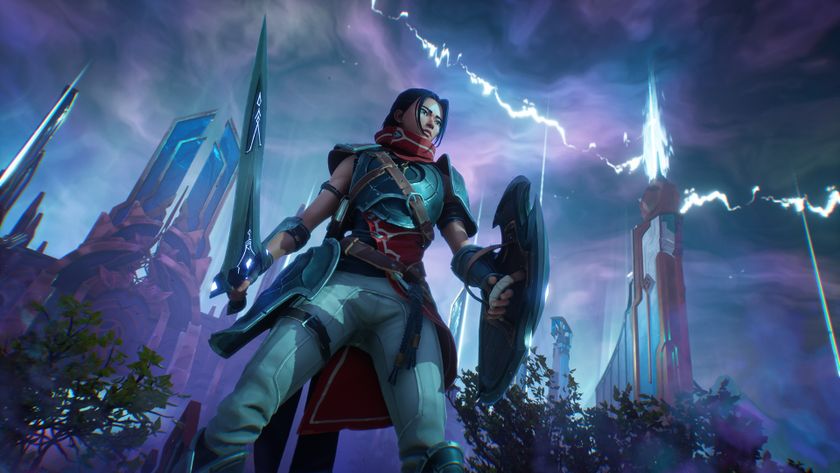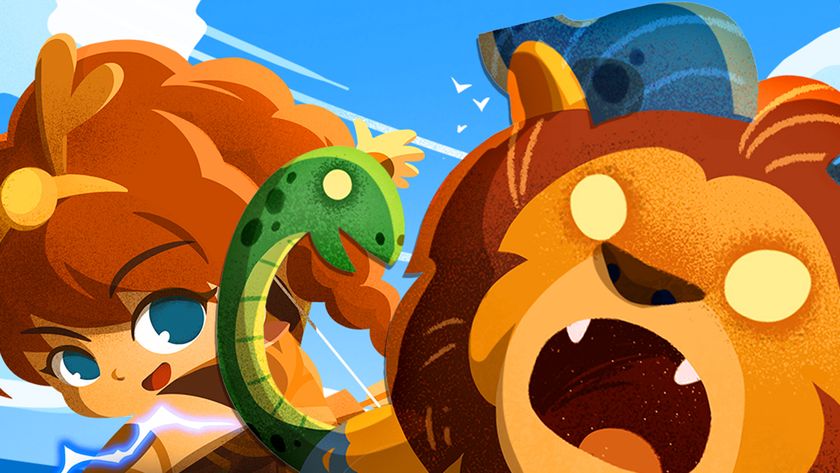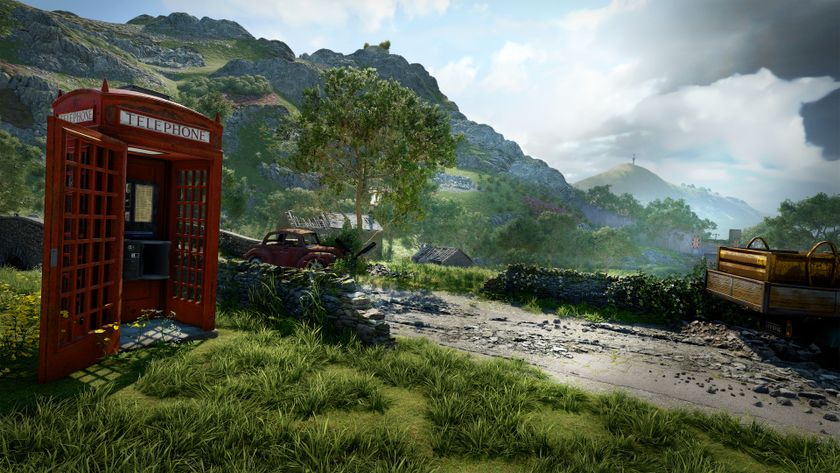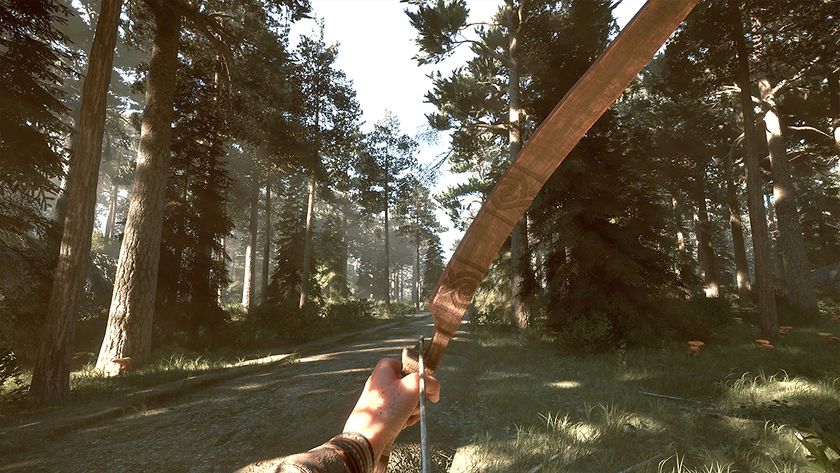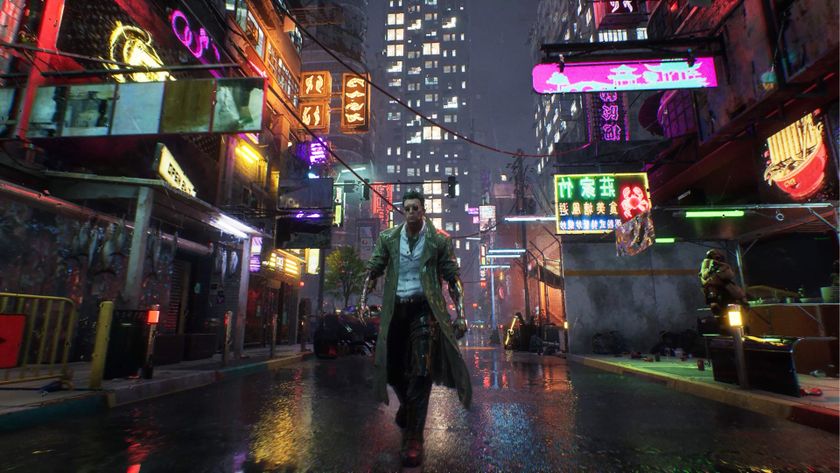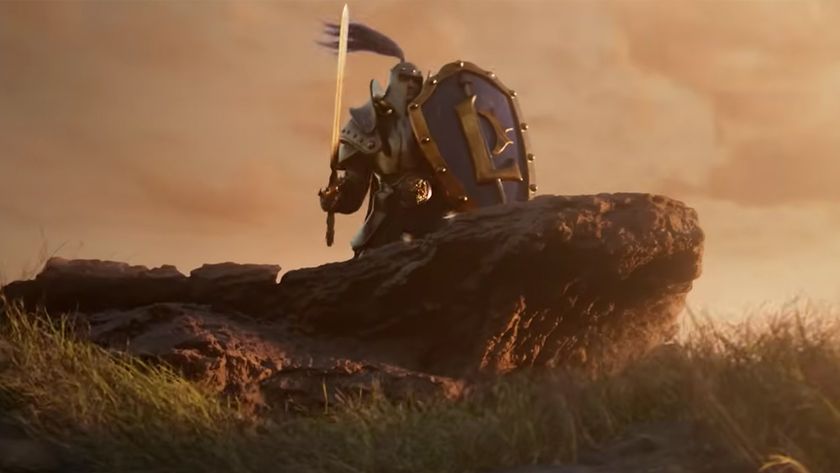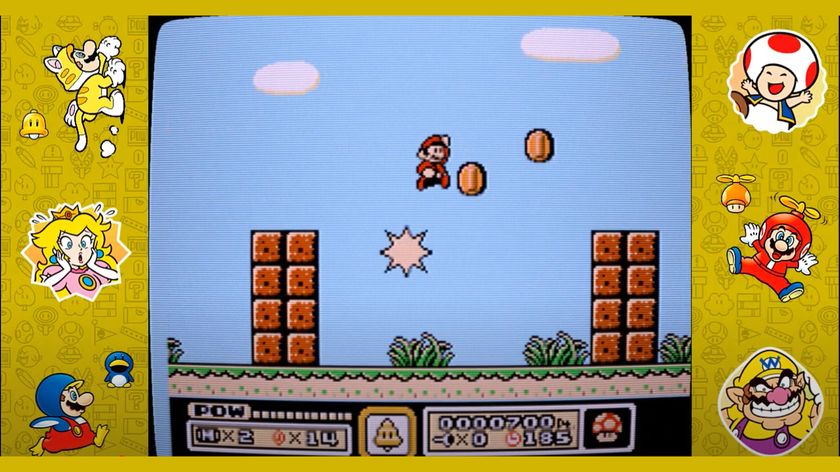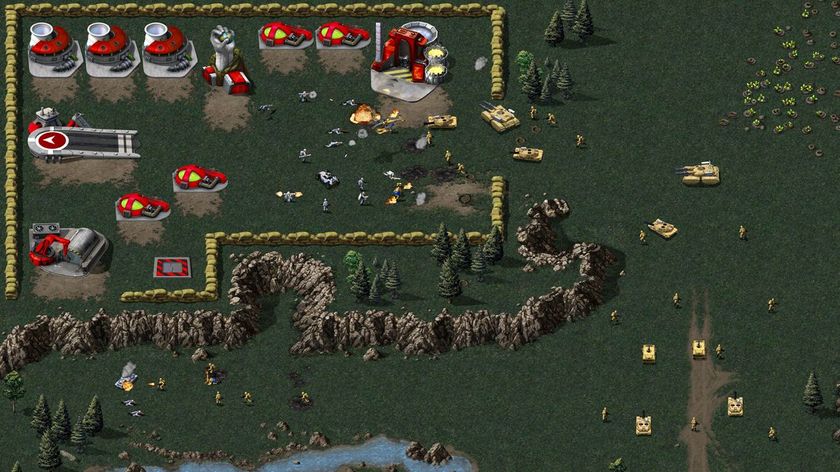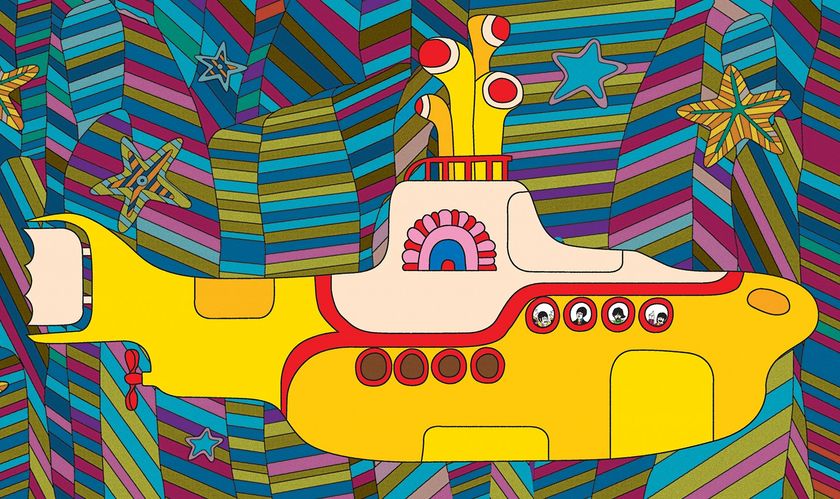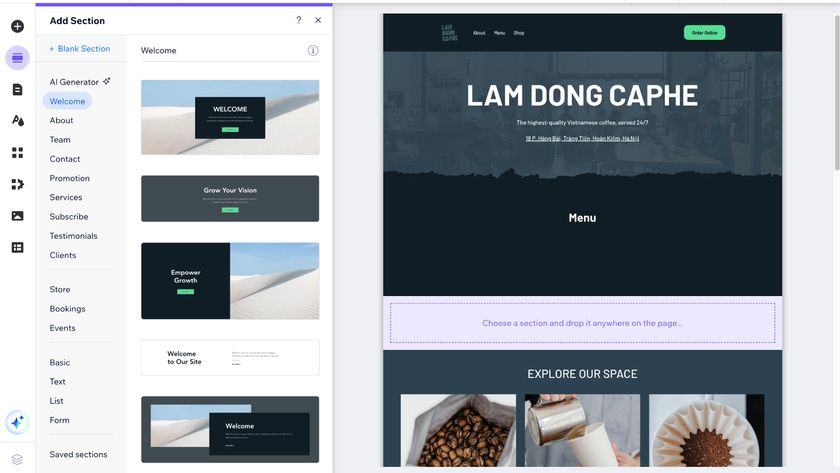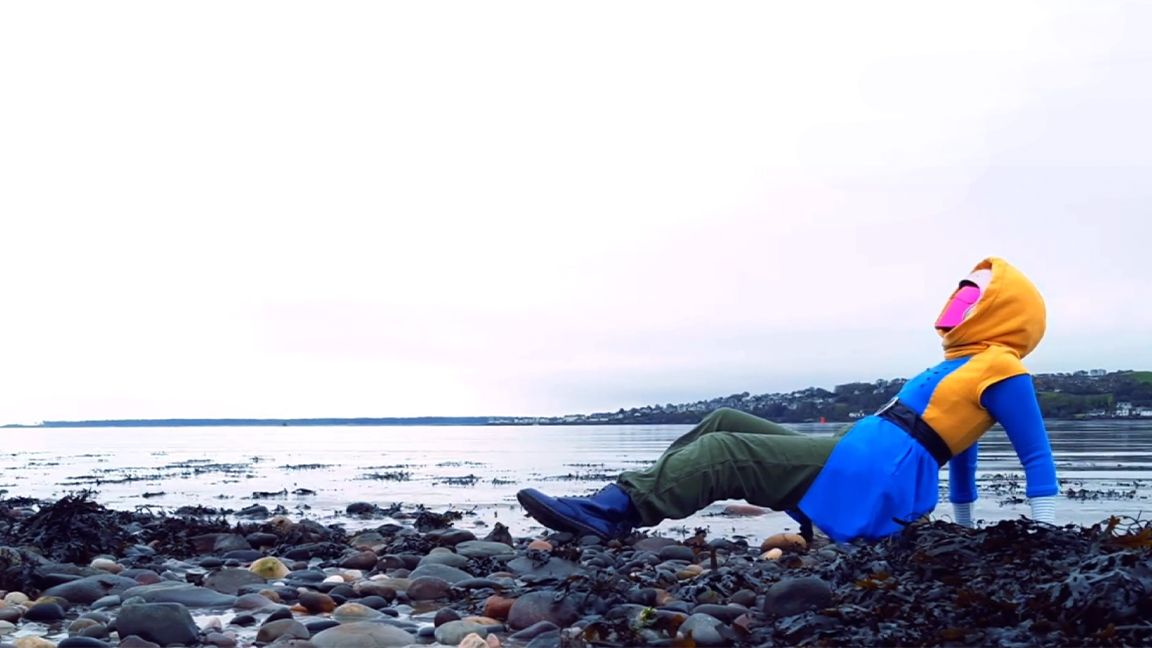
Indie video game development requires a lot skills and dedication, it also demands a moment of inspiration to get started. In the case of solo developer and artist Claire Morwood, that spark came from music.
Music isn't just an important ingredient in many beloved video games, in some games it's simply essential, such as rhythm-based games. Or rather, the audio exists with the visual, which has certainly been the case for Claire, the solo developer of Asterism, a playable indie-rock concept album made in Unity - read our guide to the best game development software if you're inspired.
Recalling her childhood, she tells me, "When I got home from school, I would always just put on Freeview and watch the music video channels. I always associated the act of watching music videos quite strongly with listening to music."
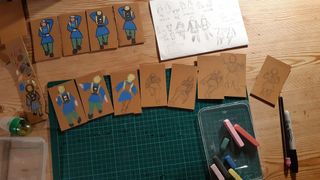
As a teenager, Morwood had also enjoyed playing music, learning the guitar chords of her favourite songs, but it was during lockdown a few years ago that she began picking it up again, including learning to use DAWs to transfer audio onto a computer.
Claire says, "At that point I'd also been making games for a while, so then my game developer brain was like, how can I combine these two things? I definitely knew I wanted to do something really visual with the music itself."
But whereas many music-based games, from Parappa the Rapper to Sayonara Wild Hearts have a tendency to be skill-based, Asterism was designed so that players can just explore the visuals and music without penalty.
"I wanted something where you'd never be interrupted for listening to music, and so there's no fail state," Claire explains. "It's more just like you can kind of move around and dance within the music to connect with different layers of it."
Get the Creative Bloq Newsletter
Daily design news, reviews, how-tos and more, as picked by the editors.
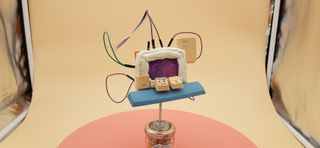
With simpler interactions, it meant there was a greater opportunity to come up with a range of visual styles for each of the game's 12 songs, each also representing a planet in a mysterious solar system that the astronaut Ruby is exploring.
While there are examples of pixel art, wireframe and 3D graphics, what's most outstanding about Asterism is its physical handcrafted elements, which Claire attributes to her love of classic children's animation like The Clangers ("there's just so much creativity in kids cartoons - I think that anyone can benefit from the imagination and creativity that comes from that kind of style"). But you need only think of A-Ha's 'Take On Me' or Peter Gabriel's 'Sledgehammer' to consider that the most creative music videos of the '80s also had an influence.

There aren't just paper-crafted dioramas but also claymation, cardboard, felt-tip line illustrations, folded origami. Even Ruby herself is rendered into different versions, which reflects the narrative that each planet you explore is showing different aspects of her identity.
"I try to use these paper and clay and cardboard materials that are quite easy to work with and feel readily accessible," Claire explains. "Then later on it gets into sort of slightly more abstract styles and then even more digital stuff as well."
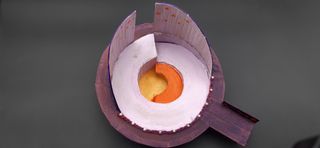
As a solo project, creating all these different physical parts to Asterism was a painstaking process, although the stop motion animation style used for the handcrafted elements did not need to be as smoothly animated.
"I didn't really have any rules for myself about how much animation I was going to do, it was more just kind of what felt right at the time, but also trying to keep the workload fairly small," Claire says. "I feel like your brain fills in a lot of the gaps when there's things that don't quite fit reality, and with stop motion, your brain does have to literally fill in what's going on."
The one exception where higher frame rate animation was employed were for the planets, which involved placing the objects into a turntable and then using a remote control to rotate the positions to take photos from different angles.
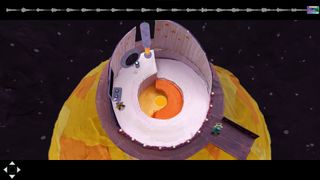
Of course, Claire was also able to use Unity to prototype every element each song with grayboxing in order to nail down the pacing and mechanics before actually going through all the work of actually making the objects for the game. But perhaps the trickiest element was a song that actually incorporates live-action, which involved Claire dressing up as Ruby while filming in the woods and by the beach locally.
"I had to do a lot of testing where there's someone behind me filming me as I walk places, even just to know how fast I needed to talk and what I angle I needed the camera to be," she explains, adding that if anything didn't work or turn out as had been envisioned, it's not something you can just tweak like with in-engine graphics.
Nonetheless, if Asterism does have any visual imperfections, such as still being able to make out old text from environments crafted from paper, then that's also deliberately part of the DIY aesthetic.
"Part of the reason that I like this art style is it's very human," Claire concludes. "It's very personal, you can kind of see that someone's made it. and so if there's mistakes in it, that adds this personal element to it. So I tried to not worry too much if things weren't perfect in some way."
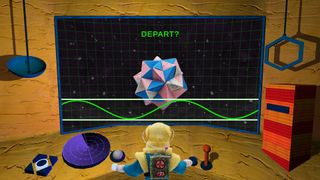
Read more about Asterism on Claire Morwood's website, including more details on how the game was made. Inspired? Then read our guides to Unreal Engine, Godot Engine and Game Maker, as well as the best 3D modelling software and start creating.

Thank you for reading 5 articles this month* Join now for unlimited access
Enjoy your first month for just £1 / $1 / €1
*Read 5 free articles per month without a subscription

Join now for unlimited access
Try first month for just £1 / $1 / €1

Alan Wen is a freelance journalist writing about video games in the form of features, interview, previews, reviews and op-eds. Work has appeared in print including Edge, Official Playstation Magazine, GamesMaster, Games TM, Wireframe, Stuff, and online including Kotaku UK, TechRadar, FANDOM, Rock Paper Shotgun, Digital Spy, The Guardian, and The Telegraph.
